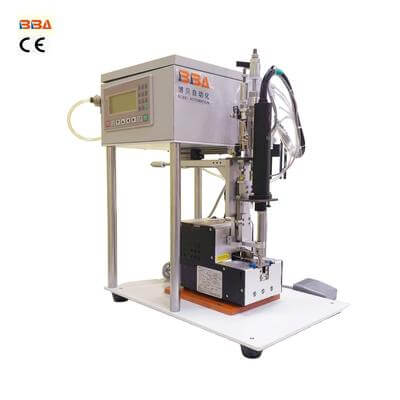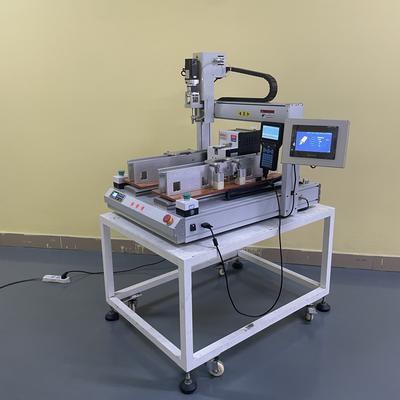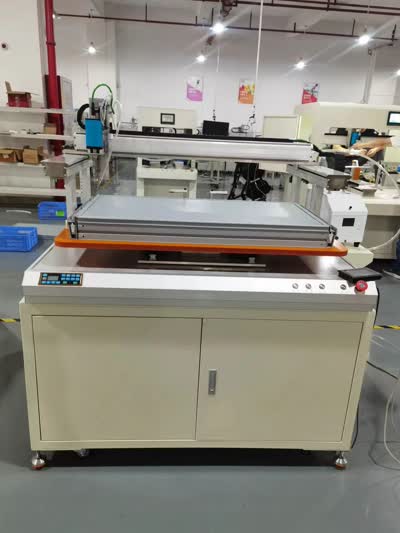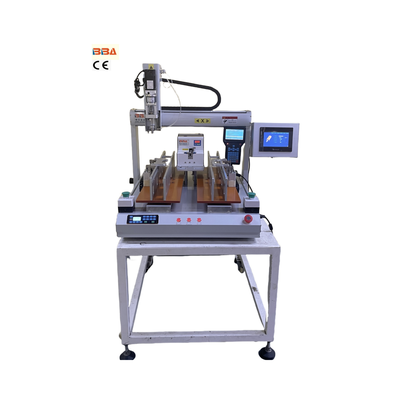Servo Screw Systems with Robotics | Precision Fastening Automation
| Product Name | Applicable industries |
| Screw Fastening Unit | Electric Bicycle Assembly |

The integration of servo screw systems with robotics represents a transformative advancement in industrial automation. Combining these technologies enhances precision, efficiency, and flexibility in manufacturing processes, enabling businesses to achieve higher productivity and reduced operational costs. This article explores the benefits, applications, and future potential of merging servo-driven screw fastening systems with robotics.
Enhanced Precision and Repeatability
Servo screw systems are renowned for their ability to deliver precise torque control and consistent fastening performance. When integrated with robotic arms, this precision is amplified, ensuring that each screw is driven with exact specifications. The robotic system can position the screwdriver head with sub-millimeter accuracy, eliminating human error and reducing the risk of over-tightening or cross-threading. Such repeatability is critical in industries like electronics, automotive, and aerospace, where even minor deviations can compromise product quality.
Increased Production Efficiency
Automating screw fastening tasks with robotics drastically reduces cycle times. Robots equipped with servo screw systems can perform tasks at high speeds without fatigue, enabling around-the-clock operation. Additionally, robotic systems can handle multiple screw types and sizes within a single setup, minimizing downtime for tool changes. This adaptability is particularly beneficial in high-mix, low-volume production environments where quick changeovers are essential.
Versatility Across Industries
The synergy between servo screw systems and robotics finds applications across diverse sectors. In electronics manufacturing, robots can precisely fasten micro-screws on circuit boards, while in automotive assembly, they ensure uniform torque for critical components like engines and transmissions. Even in industries like medical device manufacturing, where sterility and precision are paramount, robotic screw driving systems deliver flawless results. The ability to customize robotic end-effectors further expands their usability for specialized tasks.
Future Trends and Innovations
As Industry 4.0 technologies evolve, servo-driven robotic screw systems are becoming smarter. Integration with IoT-enabled sensors allows real-time monitoring of torque, angle, and other parameters, ensuring traceability and predictive maintenance. Collaborative robots (cobots) are also being paired with servo screw systems to work safely alongside human operators, enabling hybrid work environments. Advances in AI and machine learning will further refine these systems, enabling autonomous error detection and self-correction.
Combining servo screw systems with robotics is a game-changer for modern manufacturing. By delivering unmatched precision, efficiency, and adaptability, this integration empowers businesses to stay competitive in an increasingly automated world. As technology continues to advance, the potential applications and benefits of these systems will only grow, paving the way for smarter, more responsive factories of the future.


